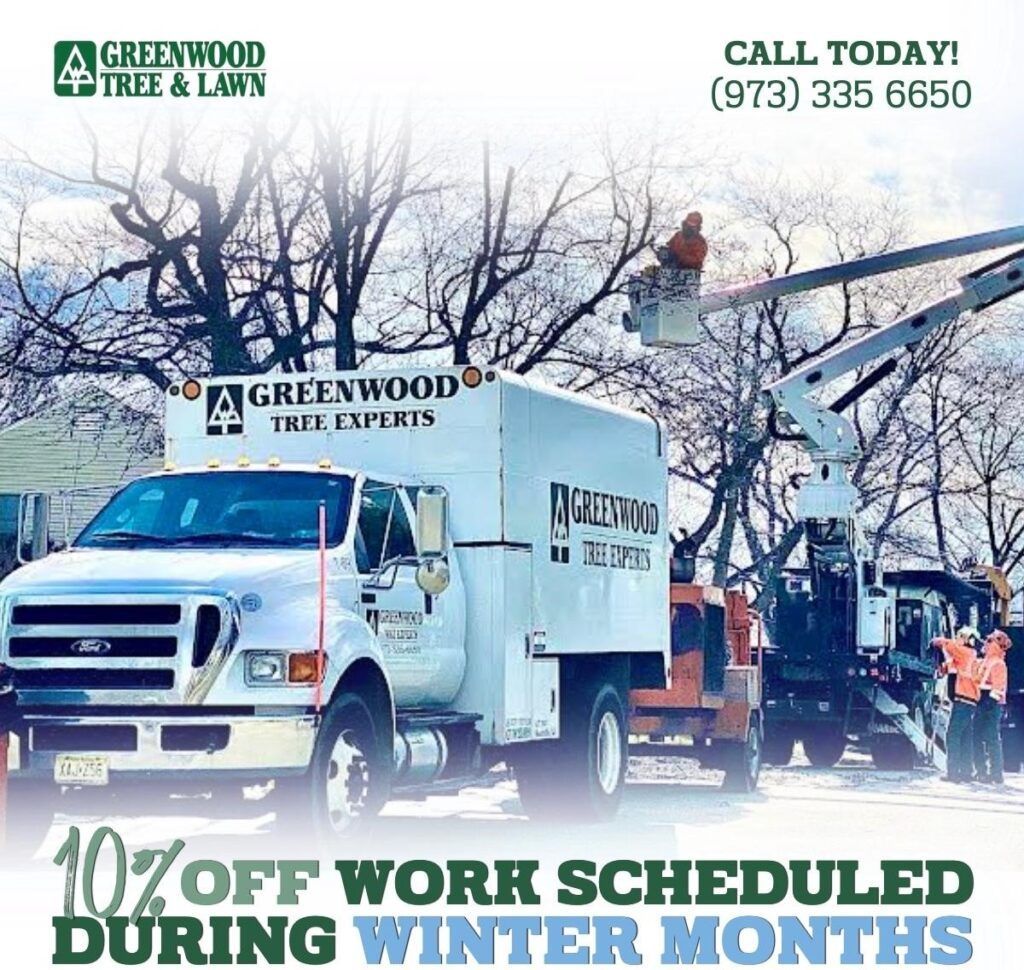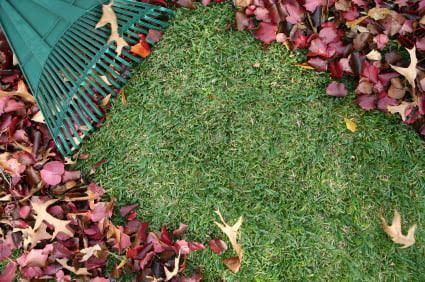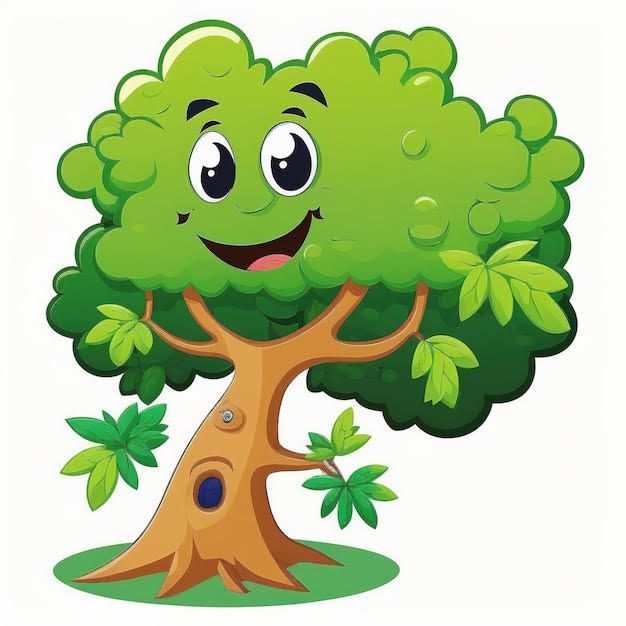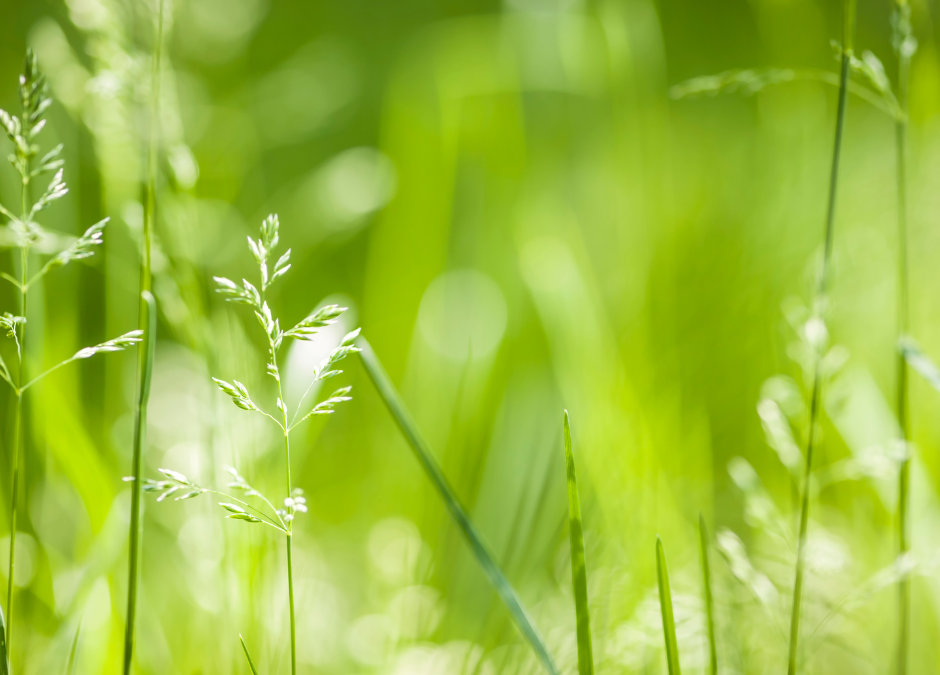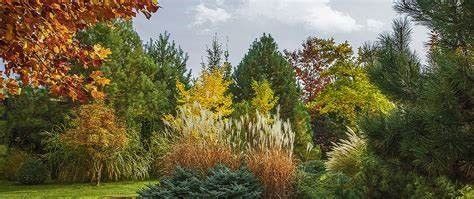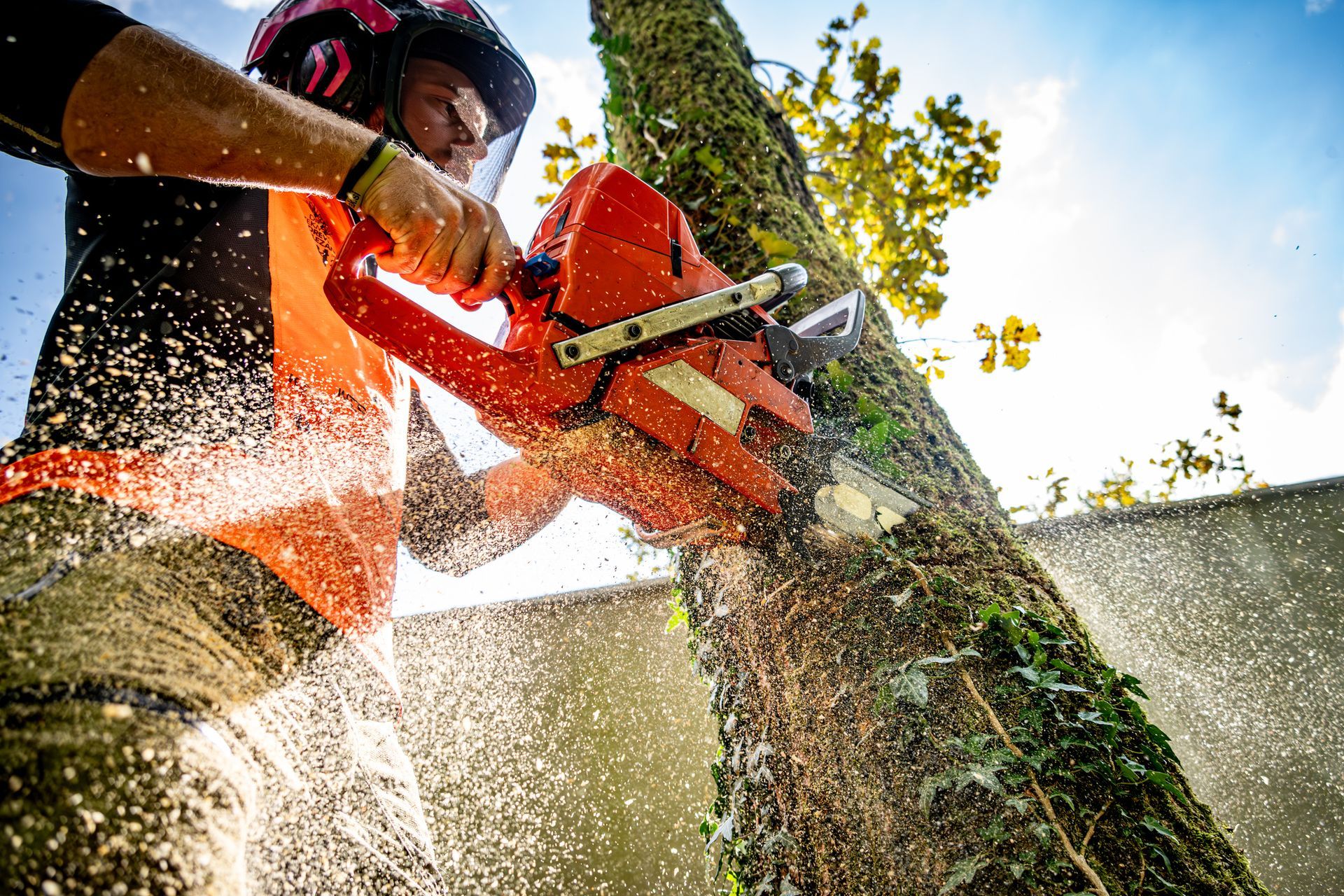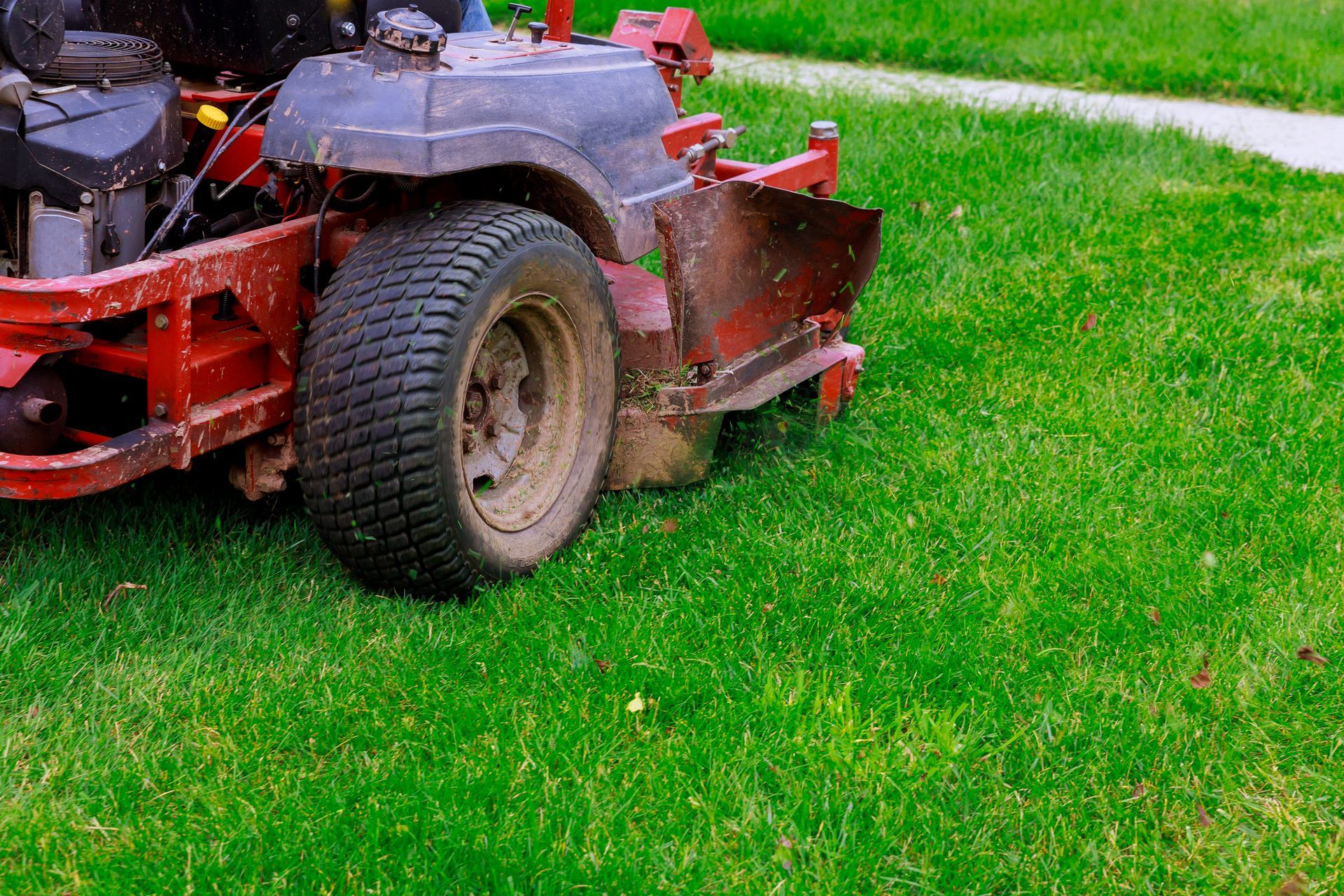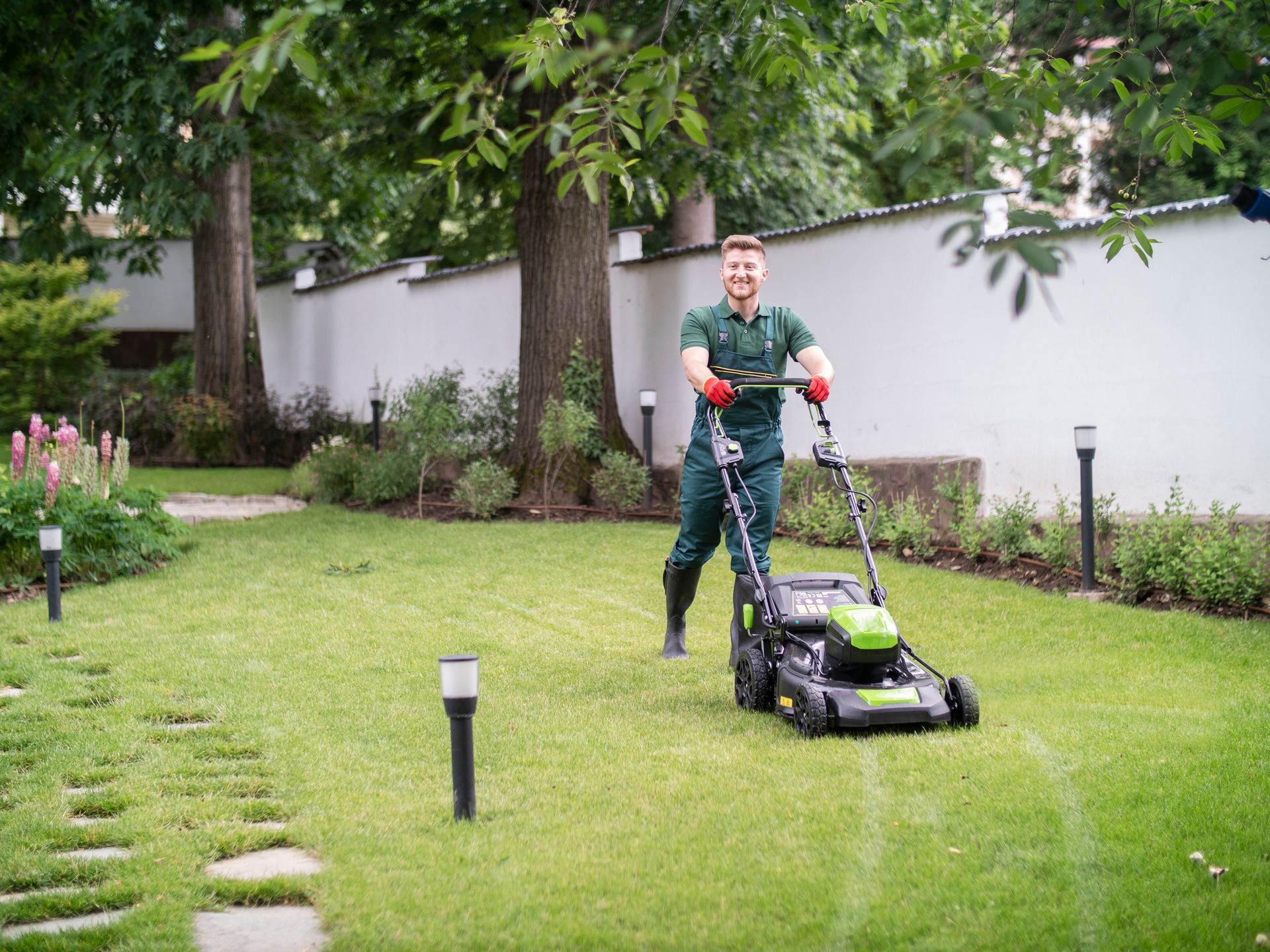How Preemergent Can Provide a Great Looking Lawn All Year
A beautiful lawn, the New Jersey dream. Weeds are a buzzkill when it comes to beautiful lawns, but have no fear! Preemergent herbicides are here to help! This treatment will be able to kick out those pesky weeds that leave your lawn looking imperfect and blemished before the weeds have the ability to pop up. A one time treatment could make your lawn practically weed free all year, keeping it looking lush, green, and beautiful.
Weed preventer is simple. All you need is some product and a little bit of time and labor to keep you weeds out of your yard. Let’s make it a goal this year to put down that weed preventer and strengthen your lawn!
How Preemergent Works
Preemergent is a herbicide that you apply before the weed is able to completely germinate and sprout through the soil. This is a preventative weed control method. If the weed has already started growing outside of the soil, the herbicides will not effectively kill the weeds. If you apply the product appropriately in the spring, your lawn will look awesome for the rest of the year!
When to Apply Preemergent
Unfortunately, there is no specific time to apply preemergent, especially in New Jersey. The time to apply the product is based on germination of the weeds. The weeds will start to germinate when the daily soil temperature reaches 55 degrees fahrenheit. We know that, here in New Jersey, soil temperature reaching 55 degrees could happen in March or April. It is almost never consistent year to year.
If you apply the treatment too early, the weeds will not be controlled throughout the whole season. This is why it is important to wait until the weeds begin to germinate to put down the pre emergent. Be sure to space out your weed preventer and seeding. Herbicides will kill the new seeds and not allow the new grass to grow. There are products called “weed and feed” that contain the herbicide and fertilizer all in one treatment that you can apply to your already existing grass. The weed and feed will only be effective during the same period of time. After that, you will have to use regular fertilizer on your lawn.
Crabgrass Preventer
Crabgrass is the most common weed that home owners use preemergent to eradicate in the spring. Crabgrass is a grassy weed that thrives in the summer heat and leaves you lawn looking blemished. It is a weed that grows from one stem with smooth or hairy grass-looking blades that resemble crab legs, hence the name crabgrass.
Crabgrass is able to grow in bare spots in your lawn that have a supply of water and a lot sunlight. This is an annual weed, which means that it spreads by seed, as opposed to spreading through roots. Around the end of summer, the crabgrass seeds and spreads to other areas around your lawn. This is why it is important to take care of crabgrass before it starts to seed and spread.
Help! I still Have Weeds!
Unfortunately, there will be some weeds that survive the pre emergent herbicide treatment from the early spring. Touch up your lawn throughout the summer with post emergent herbicide. Applying post emergent herbicides to weeds that pop up on your lawn will get rid of them. Try to jump on any weed growth you see as soon as you can. Treating weeds that are actively growing are much easier to kill than those that are more mature. Once growing season comes, check your lawn for growing weeds during mowing to ensure you catch the young weeds early.
The products we use are all EPA regulated and kid and pet friendly. This type of lawn care is good for families that have furry family members and kids that enjoy rolling in the grass. Lawn treatments are customizable for almost all family needs.
The post How Preemergent Can Provide a Great Looking Lawn All Year appeared first on Greenwood Tree and Lawn.

